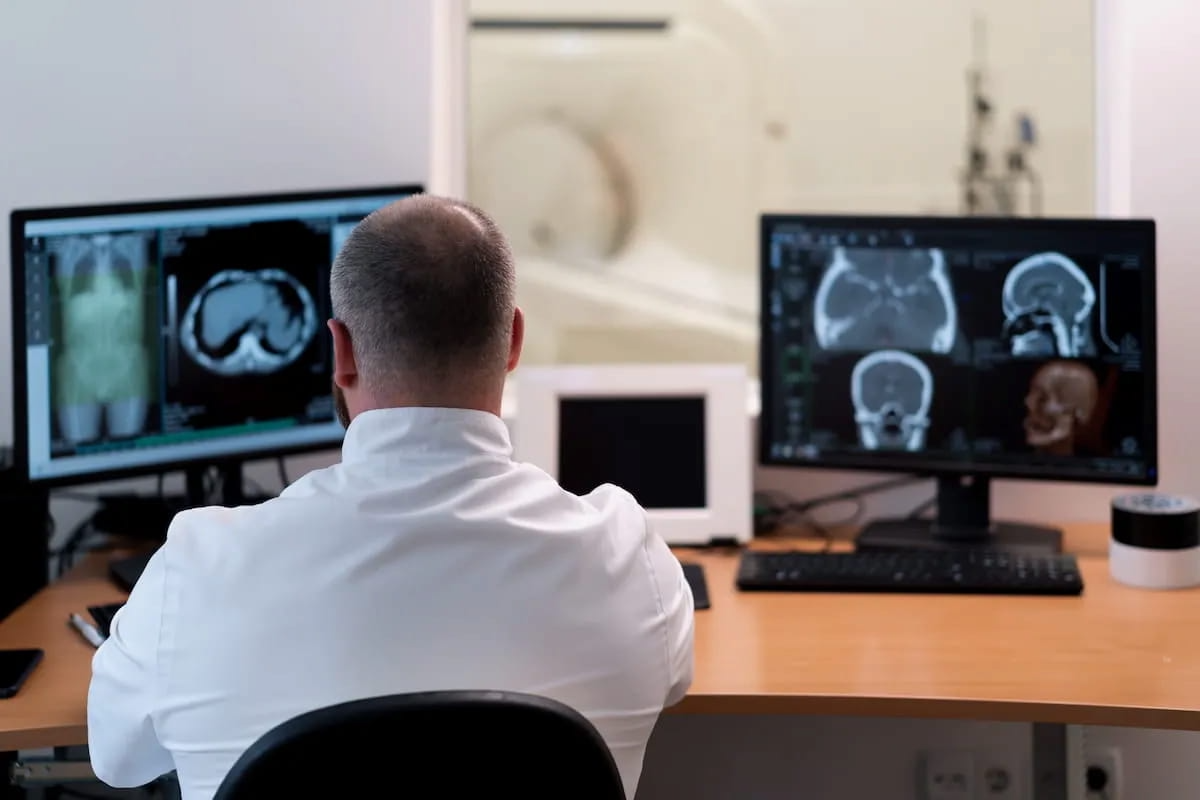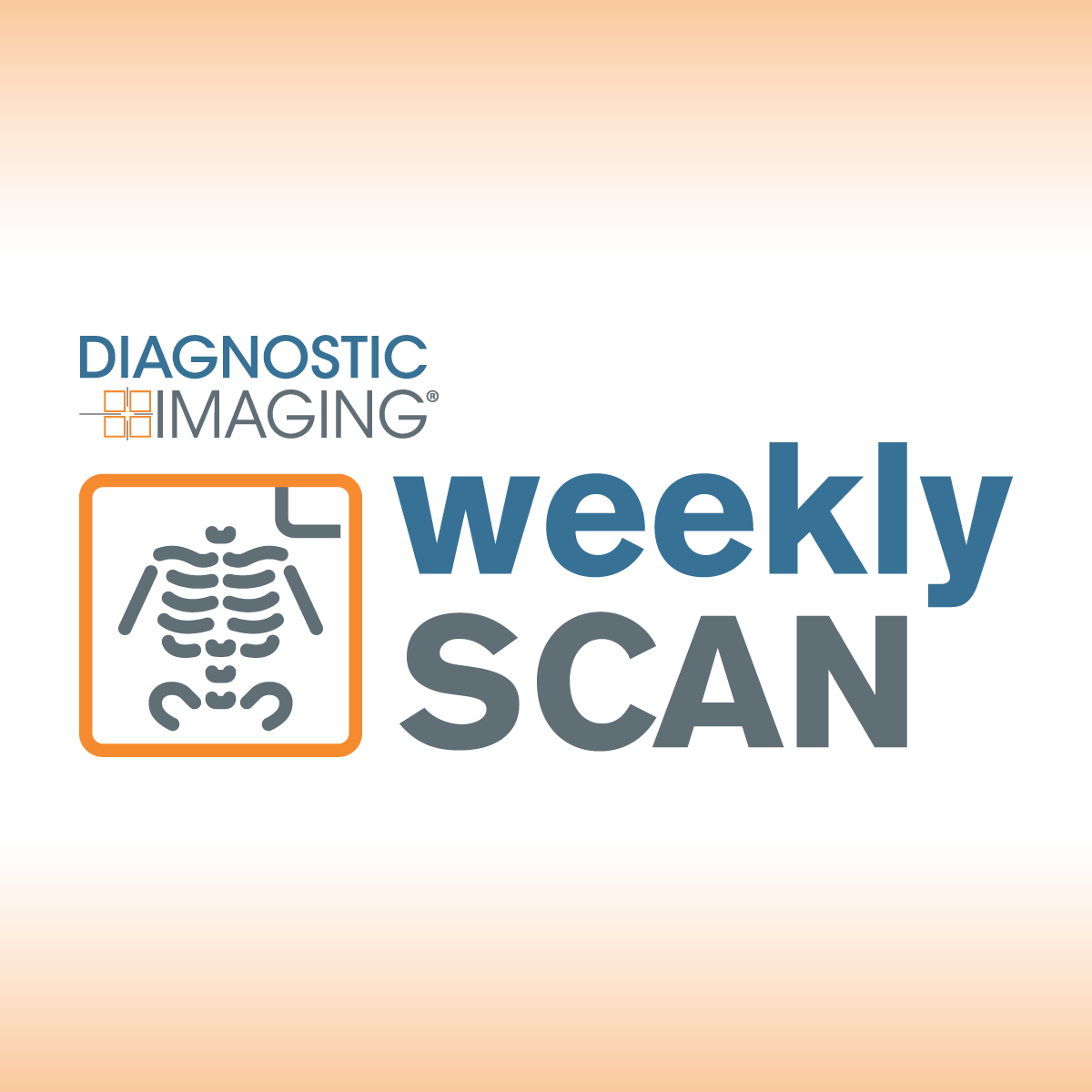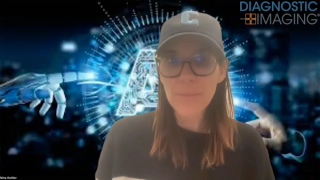
Facility Management
Latest News
Latest Videos

Podcasts
More News
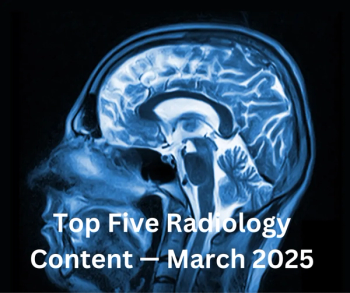
Catch up on the most-well viewed radiology content in March 2025.
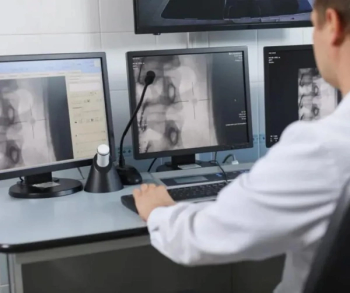
In addition to a variety of tools to promote radiology workflow efficiencies, the integration of the Gravity AI tools into the PowerServer RIS platform may reduce time-consuming prior authorizations to minutes for completion.

In order to help address the geographic, racial, and socioeconomic barriers that limit patient access to interventional radiology (IR) care, these authors recommend a variety of measures ranging from increased patient and physician awareness of IR to mobile IR clinics and improved understanding of social determinants of health.

Catch up on the top radiology content of the past week.
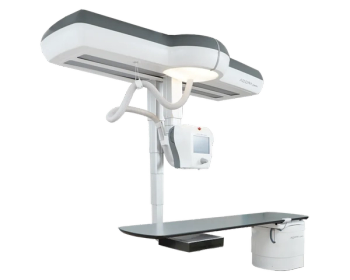
Enabling radiographic and low-dose fluoroscopy exams in the same room, the Adora DRFi system emphasizes a variety of advances for flexibility with patient positioning.

Offering four key software-as-a-service features, the cloud-based enterprise imaging suite reportedly offers enhanced security and storage and facilitates streamlined radiology workflows.

How would you respond if you were asked for ‘five bullet points of what you accomplished last week’?

Catch up on the most-well viewed radiology content in February 2025.

Women with uterine fibroids and Medicaid coverage are significantly more likely to be treated with uterine artery embolization than those with commercial insurance, according to newly published research.
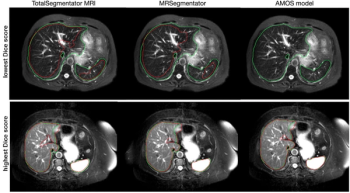
The open-source, deep learning MRI segmentation tool reportedly offers over a 10 percent higher Dice score than similar segmentation models for 40 anatomical structures.

Catch up on the top radiology content of the past week.
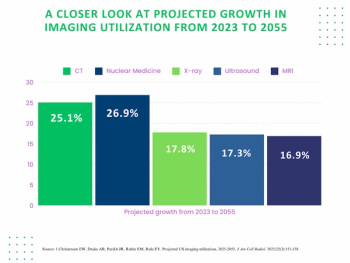
Reviewing current and emerging trends in imaging utilization and the impact of attrition rates and radiology residency positions on the field, researchers explore the future of radiology with two new provocative studies.
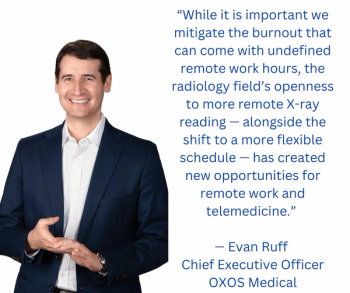
In light of increasing imaging volume, retirements and burnout in radiology, this author suggests that technologies such as portable X-ray devices may have a significant impact.
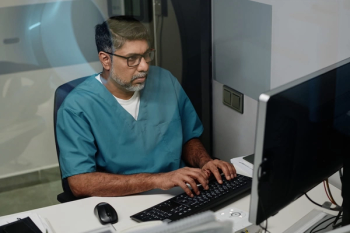
Could there be a simpler more secure alternative to the daily dance with password managers, VPNs, and authenticator apps?
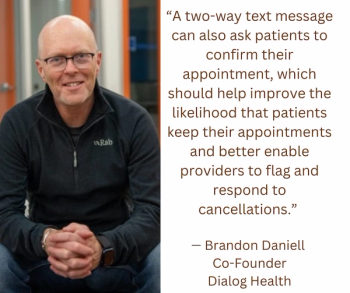
Text messaging may go a long way toward reducing the costs and potential health repercussions that can occur with cancellations, no-shows and no-gos in radiology practice.

Catch up on the most well-viewed video interviews from Diagnostic Imaging in January 2025.

Catch up on the most-well viewed radiology content in January 2025.

In a recent interview, Amy Patel, M.D., discussed key points of emphasis for legislative advocacy in radiology, including long-term reform in Medicare reimbursement, improved coverage of breast cancer screening and mitigation of the ongoing radiology workforce shortage.

In the second part of a two-part interview, Nina Kottler, M.D., says the transparency emphasis of the recent FDA guidance on AI-enabled software is welcome but needs to go beyond additional documentation to clarify how adjunctive AI is making its decisions.
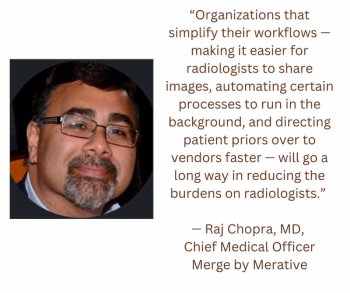
In order to flip the script on the impact of the radiology workforce shortage, radiology groups and practices need to make sound investments in technologies and leverage partnerships to mitigate gaps in coverage and maximize workflow efficiencies.
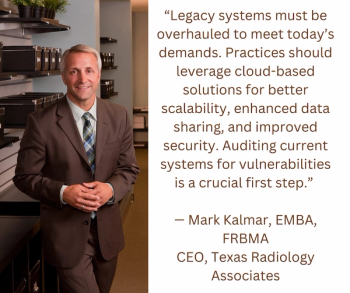
How do we respond to challenges with staff recruitment, cybersecurity, and looming hospital takeovers in radiology? This author assesses key trends in radiology and offers key insights to stay competitive in the field.
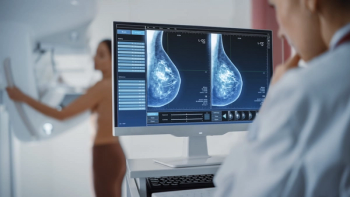
In a study of over 463,000 women who had screening mammography exams, adjunctive AI led to a 17.6 percent higher detection rate for breast cancer and a three percent increase in positive predictive value for recalls.

There may be a certain denial about the capability of proposed radiology workforce solutions and technological advances such as AI to enhance our efficiency.
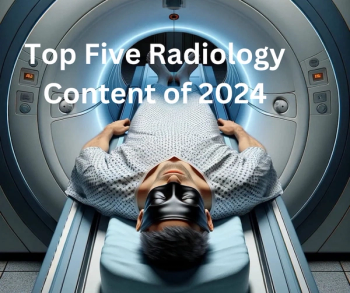
Touching on a variety of topics in radiology, here are the top five most well-viewed content from Diagnostic Imaging in 2024.

Sixty-eight percent of radiation oncologists said average delays with prior authorization are five days or more, and seven percent of survey respondents said these delays have been a contributing factor in the death of cancer patients.

